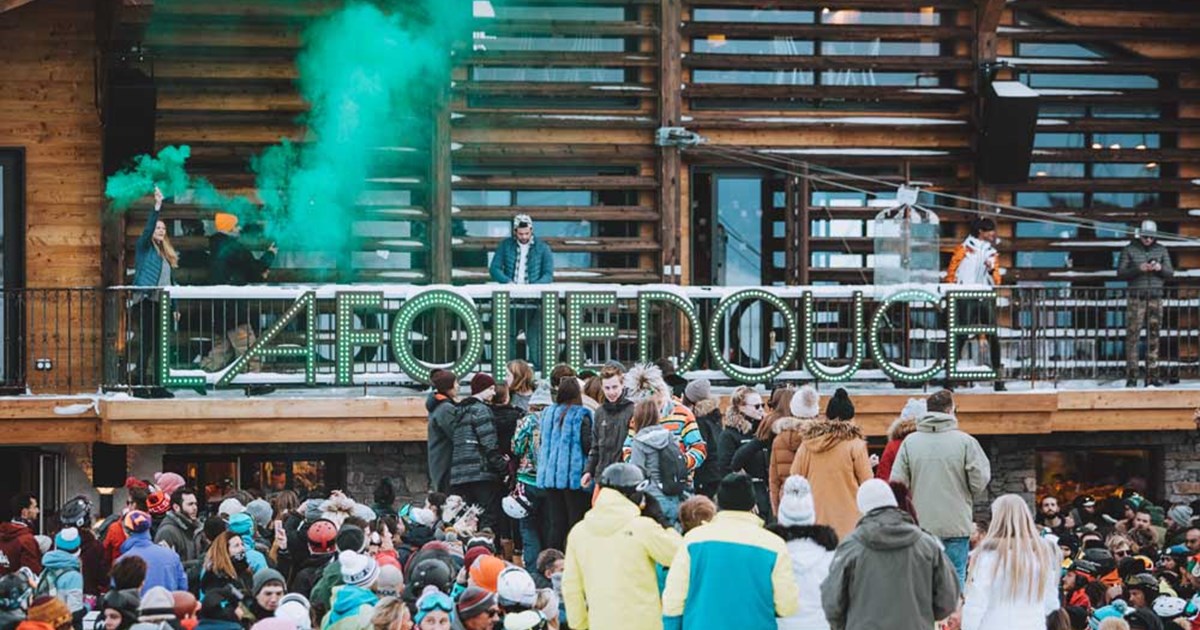It’s
not easy: the moment you steer off the groomed piste and into the deep
stuff beyond. Fitness, technique, equipment, snow quality, mental
attitude – they all contribute, and often in different ways on different
days. Here's what WElove2ski had to say;
Having this much ski under your boot may look stupid – but the balance and stability you’ll get from such width will quickly convince you otherwise.
You should look for some rocker in your skis as well. A rockered ski is one that bends or rises more dramatically at the tip and tail – making it easier for the skier to float over the snow, and stay centered over the ski. (There’s a common misconception that rockered skis are impossible to turn on groomed snow, but if you get a pair with side-cut – a difference of about 20mm between the tip, waist, and tail – you’ll find the groomers a lot easier.)
By actively seeking out your line, you’ll change your mentality towards the slope, and your stance should improve as a result. You’ll be moving our weight forward, charging downhill, and finding your skis are much more manoeuvrable.
Actually, this approach works whether you’re learning how to ski on steep groomers or in the powder, so try it the next time you’re out, whatever the conditions. Remember – look ahead when you ski, and seek out your line!
1. Go FAT
Not sure if your skis are right for the powder? Then get a fatter pair. Fat, rockered powder skis are where it’s at right now, and they’re a joy to ski in the deep stuff.Having this much ski under your boot may look stupid – but the balance and stability you’ll get from such width will quickly convince you otherwise.
You should look for some rocker in your skis as well. A rockered ski is one that bends or rises more dramatically at the tip and tail – making it easier for the skier to float over the snow, and stay centered over the ski. (There’s a common misconception that rockered skis are impossible to turn on groomed snow, but if you get a pair with side-cut – a difference of about 20mm between the tip, waist, and tail – you’ll find the groomers a lot easier.)
2. Don’t Sit Back
Don’t lean back on your skis. Stop, lean forward, charge that mountain! New powder skis are built to tackle steeps and bumps head on, so why try to stop them? The technology is there to help. The rocker will make you float, the fatness will give you balance – all you have to do is learn to trust them both and they will change the way you ski!3. Seek Out Your Line
There’s a big difference between seeking out a line and merely following one. Seeking is more active, more dynamic and ultimately more aggressive – and that’s crucial when it comes to skiing steep backcountry slopes, because the more hesitant you are, the more you’ll settle back on your skis and the less control you’ll have over them as a result.By actively seeking out your line, you’ll change your mentality towards the slope, and your stance should improve as a result. You’ll be moving our weight forward, charging downhill, and finding your skis are much more manoeuvrable.
Actually, this approach works whether you’re learning how to ski on steep groomers or in the powder, so try it the next time you’re out, whatever the conditions. Remember – look ahead when you ski, and seek out your line!


